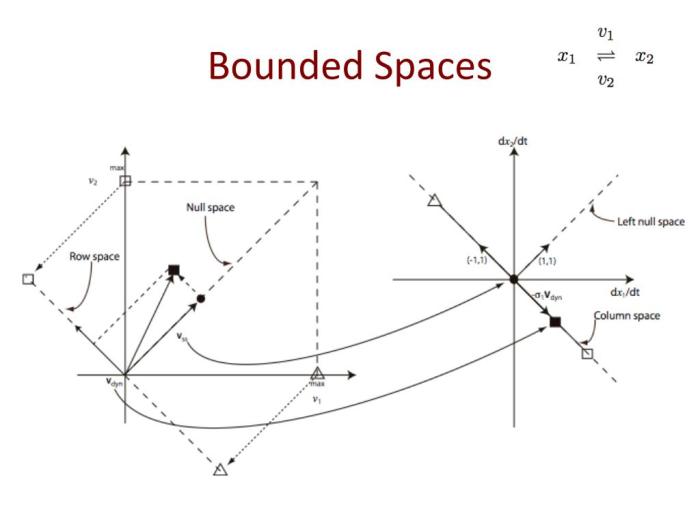Small bounded space cell crossword puzzles present a captivating challenge for crossword enthusiasts, demanding a keen eye for detail and strategic thinking. This guide delves into the intricacies of these enigmatic cells, empowering solvers with the knowledge and techniques to conquer them with finesse.
Within the intricate grid of a crossword puzzle, small bounded space cells serve as gatekeepers to hidden words and phrases. Understanding their unique characteristics and mastering the art of solving them unlocks a new level of puzzle-solving prowess.
Small Bounded Space Cells in Crossword Puzzles: Small Bounded Space Cell Crossword

Small bounded space cells, also known as boxes or squares, play a crucial role in crossword puzzles, providing structure and challenging solvers to fill in the correct letters or words.
Crossword Puzzle Structure
A typical crossword puzzle grid consists of a grid of cells, with black cells indicating blocked spaces and white cells indicating spaces that can be filled with letters. Small bounded space cells are typically arranged in groups of 2×2, 3×3, or 4×4 squares, creating smaller grids within the larger puzzle grid.
These small bounded space cells help to define the boundaries of words and phrases within the puzzle. They also create additional constraints for solvers, as letters within each cell must be unique and fit with the clues provided.
Solving Techniques
To solve crossword puzzles with small bounded space cells, solvers can use a variety of strategies:
- Letter Patterns:Look for patterns in the letters that have already been filled in. This can help you identify potential words or phrases that fit within the small bounded space cells.
- Word Fragments:Use any available word fragments to guess the correct words. Even a single letter can provide valuable information.
- Context Clues:Pay attention to the clues provided for the small bounded space cells. These clues may describe the letters, positions, or relationships within the cells.
Types of Clues
Common types of clues that specifically target small bounded space cells include:
- Letter Clues:These clues provide a specific letter that must be filled in a particular cell within the small bounded space cell.
- Position Clues:These clues indicate the position of a letter or word within the small bounded space cell. For example, “First letter of …” or “Middle letter of …”
- Relationship Clues:These clues describe the relationship between letters or words within the small bounded space cell. For example, “Adjacent to …” or “Intersects with …”
Advanced Strategies, Small bounded space cell crossword
For more challenging puzzles, solvers can employ advanced techniques:
- Letter Frequency Analysis:Analyze the frequency of letters in the puzzle to identify potential letters that could fit within the small bounded space cells.
- Anagramming:Use anagrams to create potential words that fit within the small bounded space cells.
- Combining Clues:Combine clues from different parts of the puzzle to narrow down possibilities and eliminate incorrect answers.
Resources and Tools
Various resources and tools can assist in solving crossword puzzles with small bounded space cells:
- Online Solvers:Websites and apps offer online crossword solvers that can provide hints or even solve puzzles automatically.
- Dictionaries:Keep a dictionary handy to look up potential words that fit the clues and the small bounded space cells.
- Clue Databases:Specialized databases provide access to a vast collection of crossword clues, including those related to small bounded space cells.
FAQs
What are the common types of clues related to small bounded space cells?
Clues may describe the letter, position, or relationship between letters within these cells, often using word fragments, letter patterns, or context.
How can letter frequency analysis assist in solving small bounded space cells?
Analyzing the frequency of letters in the puzzle can provide insights into possible letter combinations and eliminate unlikely answers.
What strategies can be employed when dealing with ambiguous or difficult clues?
Consider multiple interpretations of the clue, explore alternative word combinations, and seek assistance from online resources or experienced solvers.

